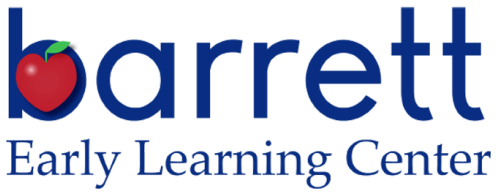Classroom Life
Teachers encourage students to learn by doing. Our classrooms are set up with different learning centers where the children are encouraged to explore and investigate, building problem-solving and critical-thinking skills. In order to ensure all children have the tools they need to grow and develop, our teachers also supplement these experiences with large and small group activities and one-on-one time. The goal of all activities is for students to gain skills that can be used in other areas in their lives.
Program HOURS
Monday-Friday 7:30 AM- 5:30 PM
Meals
The Center provides, at no additional cost to a family, nutritionally balanced meals and snacks approved by the USDA and the State Department of Licensure. If there is a food allergy or intolerance, the center will provide a USDA approved alternate item. Realizing that there are many children with food sensitivities, no food is to be brought into the center, unless there is a special religious or medical situation, and arrangements have been agreed to in advance by the Director.
Scheduled meal times
* Breakfast 8:30 a.m.-9:00 a.m.*
* Lunch 11:45 a.m.-12:15 p.m.
* Snack 2:30 p.m.-3:00 p.m.
Children must arrive before 9:00 a.m. to receive breakfast
Toileting
A wonderful benefit to attending Barrett is that you do not need to be toilet trained to enroll in the 2-year-old program, and the teachers communicate daily with parents regarding the progress of their child’s toilet training while at school.
Nap time
All children participate in a daily nap, resting from 12:30 -2:30. Families are to supply 2 blankets each Monday, and blankets will be sent home every Friday to be washed.
Classroom Routine
We know that children learn the most by interacting with people and materials. We encourage daily explorations by following the interests of the children individually and as a group. The classroom daily routine includes the following activities:
1. Greeting Time:
Children as a large group will find out about their day and any special events, people or projects in the classroom
2. Small Group:
The class is divided into small group of 9 (or fewer) children. During this time children are actively involved with counting, classifying, drawing, cutting learning about same/different, more/les and other important concepts based on their interests and the teacher’s direction.
3. Large Group:
The class works together for music/movement, learning a new song, a finer play or other teach-led group experiences
4. Planning Time:
Children and adults meet together to talk about what each child wants to do during work time. This process of allowing the child to decide for themselves what he/she wants to do builds self-esteem, as they learn they can make things happen and make decisions. It also strengthens a child’s communication skills.
5. Work Time:
The longest time in the daily routine. This is a very active time as children carry out the plans that they have made. Teachers and volunteers in the classroom join in with the children to enhance their learning.
6. Clean-Up Time:
Adults and children together work to clean up the room.
7. Recall Time:
Children remember and share what they did during Work Times.
8. Snack Time:
Adults and children share conversation along with a small snack. Many classrooms will end snack time with a story.
9. Outside Time:
Children are developing their fine and gross motor skills by climbing, throwing balls, swinging, and running. Children also develop their social skills as they interact with other children.





